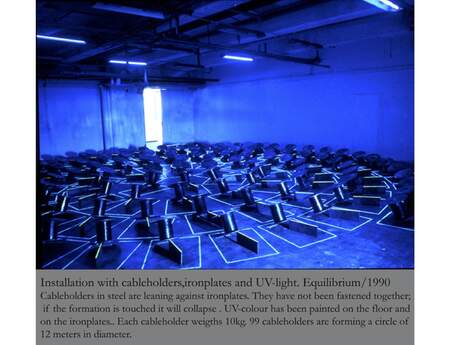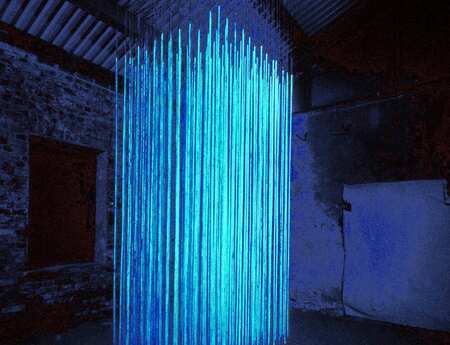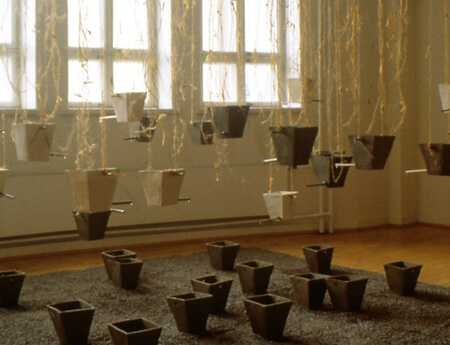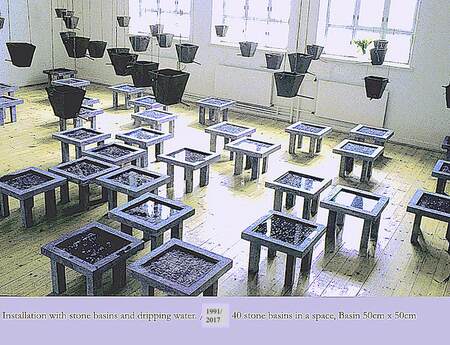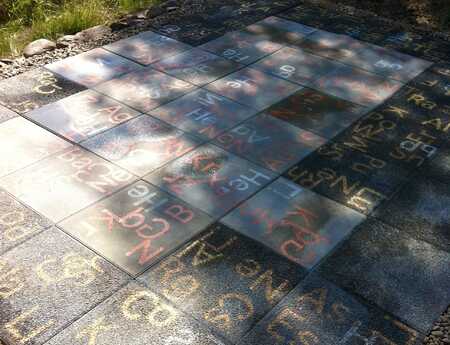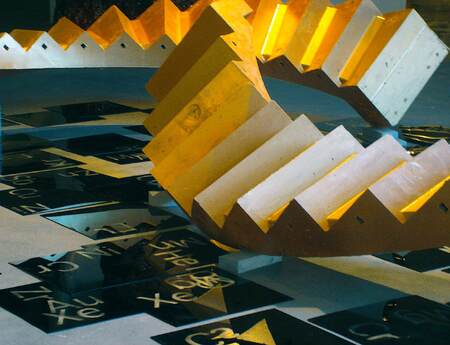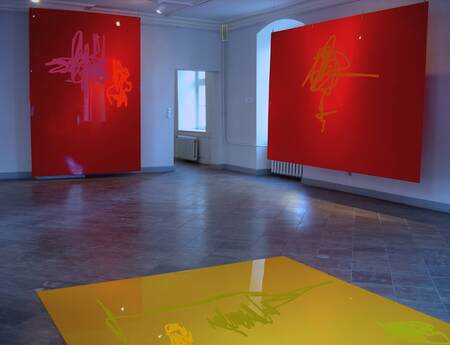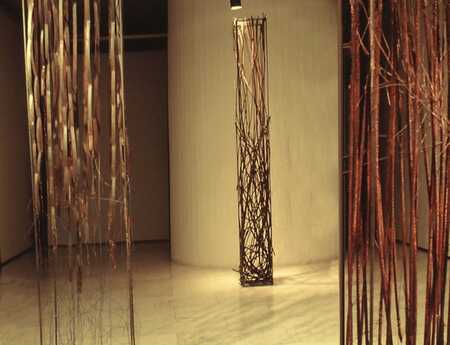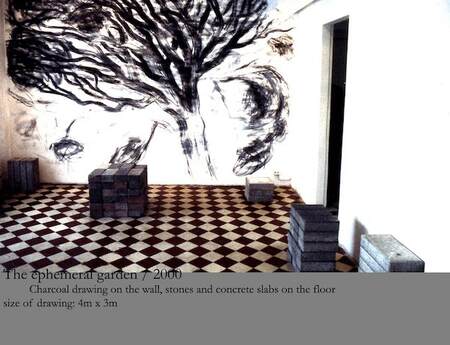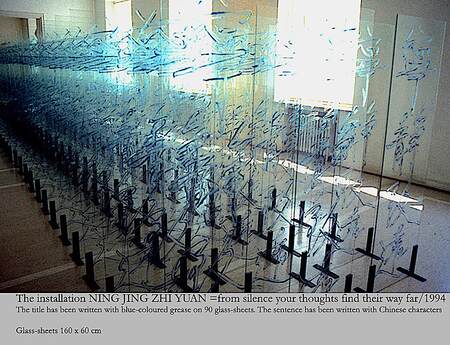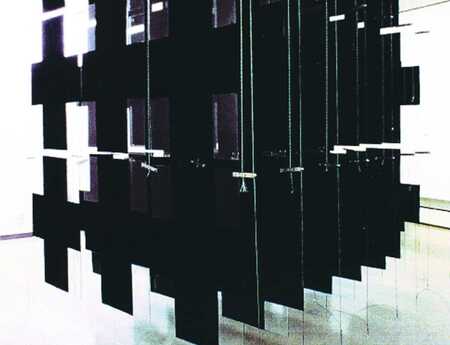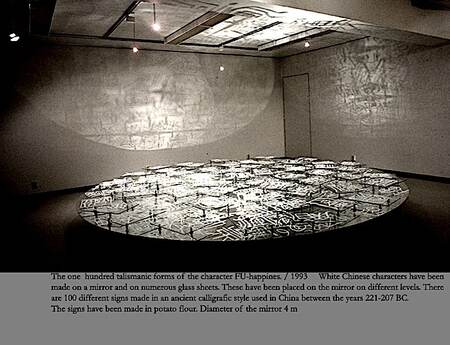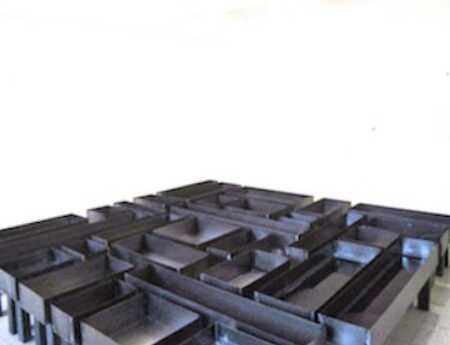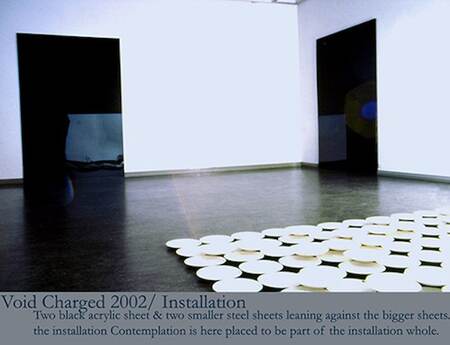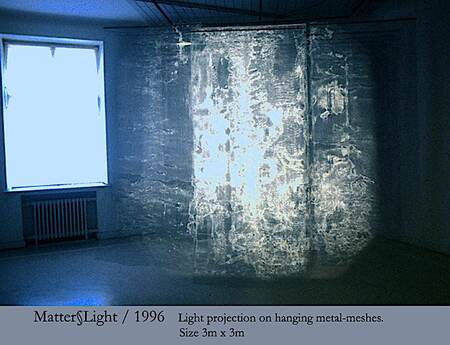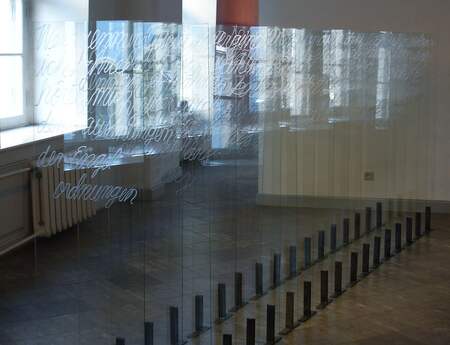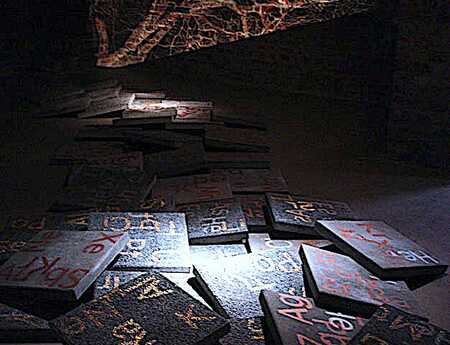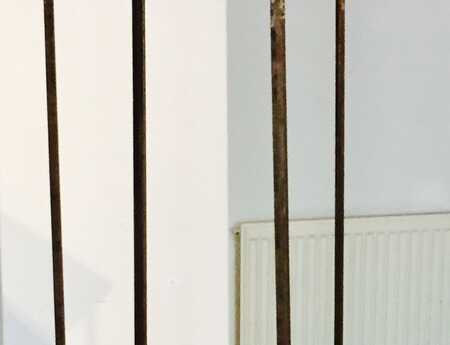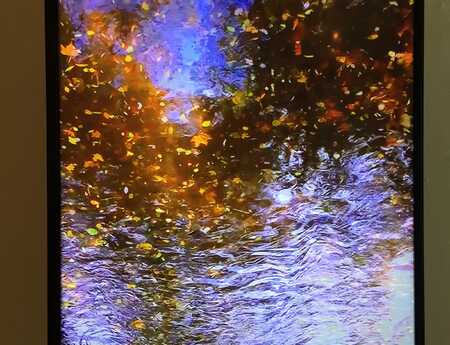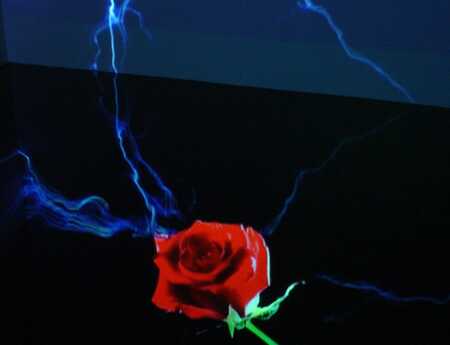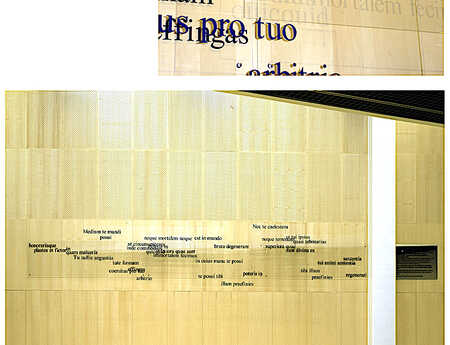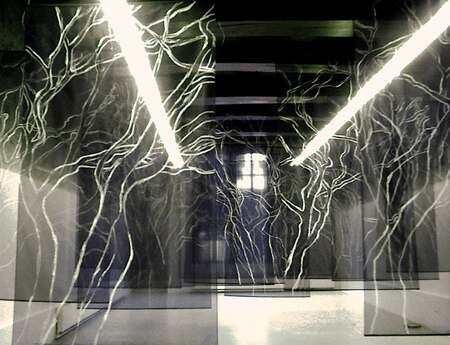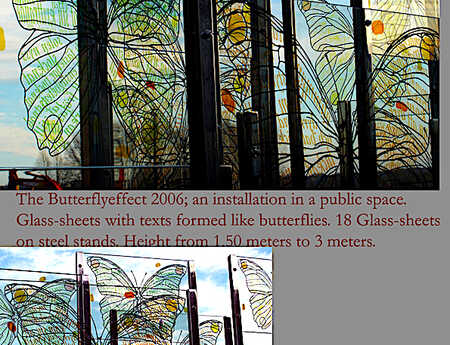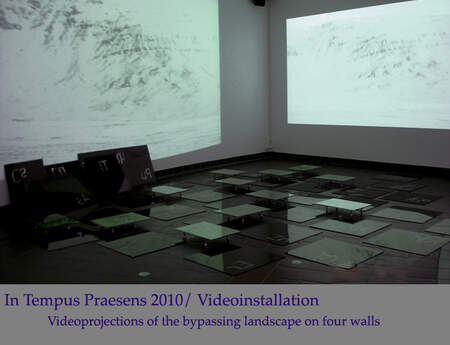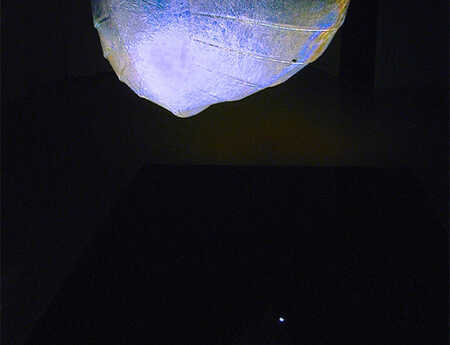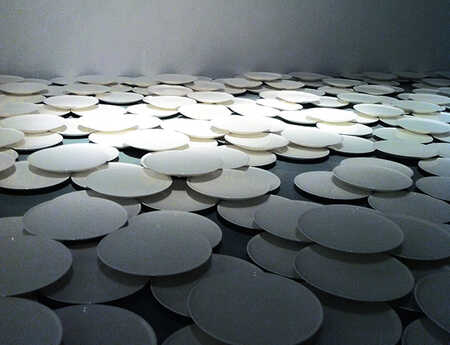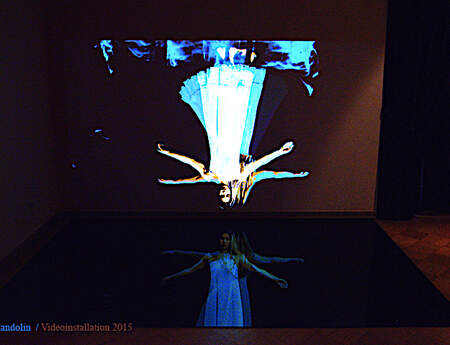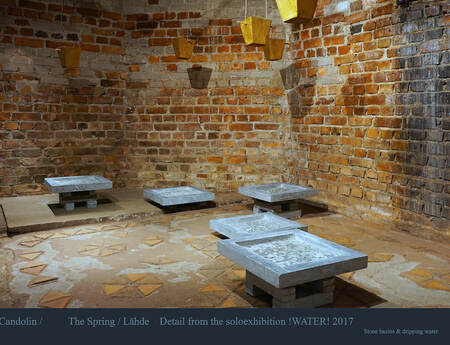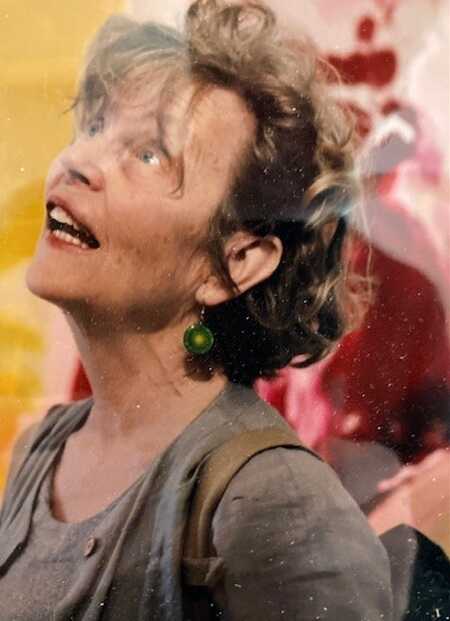
Finland
Christine Candolin
presentation of my work / visions behind them / between matter and mind
“Thoughts, whether in philosophy or in science or in art, cannot be separated from the thinker, but they cannot be separated from the community of thinkers and speakers either.” *
I have been working with installations since early 1980s. Evolution of the human mind, especially the interconnectedness of matter and mind and the emergent properties connected to this, are the important constituents of my studies, and can be seen as allegorical reflections in my work.
The postmodern research on cognition and perceiving and our actions in the world has a relevant part in the ideas behind my working. My studies have branched from philosophy, biology to semiotics, developmental psychology and the neurosciences.
I´m wondering how we effect our world by perceiving it, experiencing it and living it. This is what I mean with the expression “matter and mind“. For where does the mind end and the “world” begin?
For me the world is not a given place outside us, my approach is phenomenological; the world unfolds in correlation with our own cultural and mental development, with our broadening cognition and knowledge. This is an interdependent and ongoing process. -I referred to this in the 3-room installation called “Matter & Light” in 2008 at the Amos Anderson Art Museum in Helsinki. In this exhibition I studied the ideas of the evolution from matter to consciousness, thought and meaning.
My installations are allegorical reflections on this exploration. Can I express myself as an artist on this subject matter? Yes I can and I should, as art is the medium where you can approach the world from a different angle; art is therefore special vantage point to the world.
-As Maurice Merleau-Ponty once said: “ To interpret and express “that which is” -is an endless task both for a philosopher and an artist.
This is why I´m not trying to find scientifical answers by my artwork, but rather to reflect questions, thougths, feelings and perspectives. My installations manifest those impressions which cannot be precisely expressed by words. They are perhaps visual markings of “that which is”.
My art is space-specific. I’m often assembling my installations to fill several rooms, so that the subject matter can be sensed through the connotations of the combined materials, form, and thought. Some of the materials I use have a transient character, like water, breeze, light, grease, and pigment powders. But also stones, steel, glass and other reflecting materials are often parts of the installations. I prefer to create installations in which beauty combines with austerity, meaning and thought.
In my latest work I ́ve been concentrating on video-installations. By creating big wall projections I continue with my studies on human perceiving and identification. Also studies on cultural and social borders as well as mental locations and the phenomena of otherness, exclution and alienation have lately also been the subject matter behind my working. *Quotation by Siri Hustvedt
“Thoughts, whether in philosophy or in science or in art, cannot be separated from the thinker, but they cannot be separated from the community of thinkers and speakers either.” *
I have been working with installations since early 1980s. Evolution of the human mind, especially the interconnectedness of matter and mind and the emergent properties connected to this, are the important constituents of my studies, and can be seen as allegorical reflections in my work.
The postmodern research on cognition and perceiving and our actions in the world has a relevant part in the ideas behind my working. My studies have branched from philosophy, biology to semiotics, developmental psychology and the neurosciences.
I´m wondering how we effect our world by perceiving it, experiencing it and living it. This is what I mean with the expression “matter and mind“. For where does the mind end and the “world” begin?
For me the world is not a given place outside us, my approach is phenomenological; the world unfolds in correlation with our own cultural and mental development, with our broadening cognition and knowledge. This is an interdependent and ongoing process. -I referred to this in the 3-room installation called “Matter & Light” in 2008 at the Amos Anderson Art Museum in Helsinki. In this exhibition I studied the ideas of the evolution from matter to consciousness, thought and meaning.
My installations are allegorical reflections on this exploration. Can I express myself as an artist on this subject matter? Yes I can and I should, as art is the medium where you can approach the world from a different angle; art is therefore special vantage point to the world.
-As Maurice Merleau-Ponty once said: “ To interpret and express “that which is” -is an endless task both for a philosopher and an artist.
This is why I´m not trying to find scientifical answers by my artwork, but rather to reflect questions, thougths, feelings and perspectives. My installations manifest those impressions which cannot be precisely expressed by words. They are perhaps visual markings of “that which is”.
My art is space-specific. I’m often assembling my installations to fill several rooms, so that the subject matter can be sensed through the connotations of the combined materials, form, and thought. Some of the materials I use have a transient character, like water, breeze, light, grease, and pigment powders. But also stones, steel, glass and other reflecting materials are often parts of the installations. I prefer to create installations in which beauty combines with austerity, meaning and thought.
In my latest work I ́ve been concentrating on video-installations. By creating big wall projections I continue with my studies on human perceiving and identification. Also studies on cultural and social borders as well as mental locations and the phenomena of otherness, exclution and alienation have lately also been the subject matter behind my working. *Quotation by Siri Hustvedt
